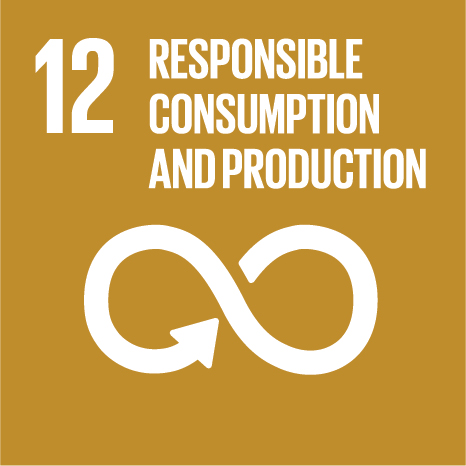Ciência_Iscte
Publications
Publication Detailed Description
The relationship between tax rates and tax revenues in eurozone member countries - exploring the Laffer curve
Journal Title
Bulletin of Economic Research
Year (definitive publication)
2020
Language
English
Country
United Kingdom
More Information
Web of Science®
Scopus
Google Scholar
Abstract
We estimate Laffer Curves for direct and indirect taxes for each Eurozone country, using panel data from 1995 to 2011, by means of Seemingly Unrelated Regression (SUR) models. We choose the three taxes that contribute the most to the government tax revenue: the value added tax (VAT), the corporate income tax (CT), and the labour income tax (LT). From our estimated significant parameters, which have the expected signs according to the Laffer Curve theory, we obtained a maximum/optimal tax rate for VAT for Greece, Portugal, and Slovakia and for the majority of the Eurozone countries for direct taxes. We also take into consideration the business cycle. Many countries do not present differences in regime, and when they do, the optimal tax rate is higher during recessions. Finally, we compare the observed tax rates in 2012 to the estimated optimal tax rates, to assess if the 2012 policy was located at the prohibitive range of the Laffer Curve. Our results are important for the discussions about fiscal discipline and harmonization in the Eurozone, since they exhibit important disparities between countries and taxes. We can see that, especially for CT and LT, there is a strong divide between the values of the optimal maximum tax rates for Eastern European countries and Western European economies. Additionally, the economic and financial conditions of each country also influence the value for the tax rate.
Acknowledgements
We acknowledge the useful comments of Emanuel Leão, Isabel Salavisa, two anonymous referees, the associate
editor, and the editor. The usual disclaimer applies.
Keywords
Laffer curve,Eurozone countries,SUR models,Business cycle
Fields of Science and Technology Classification
- Economics and Business - Social Sciences
Funding Records
| Funding Reference | Funding Entity |
|---|---|
| UID/GES/00315/2019 | Fundação para a Ciência e a Tecnologia |
Contributions to the Sustainable Development Goals of the United Nations
With the objective to increase the research activity directed towards the achievement of the United Nations 2030 Sustainable Development Goals, the possibility of associating scientific publications with the Sustainable Development Goals is now available in Ciência_Iscte. These are the Sustainable Development Goals identified by the author(s) for this publication. For more detailed information on the Sustainable Development Goals, click here.

 Português
Português



